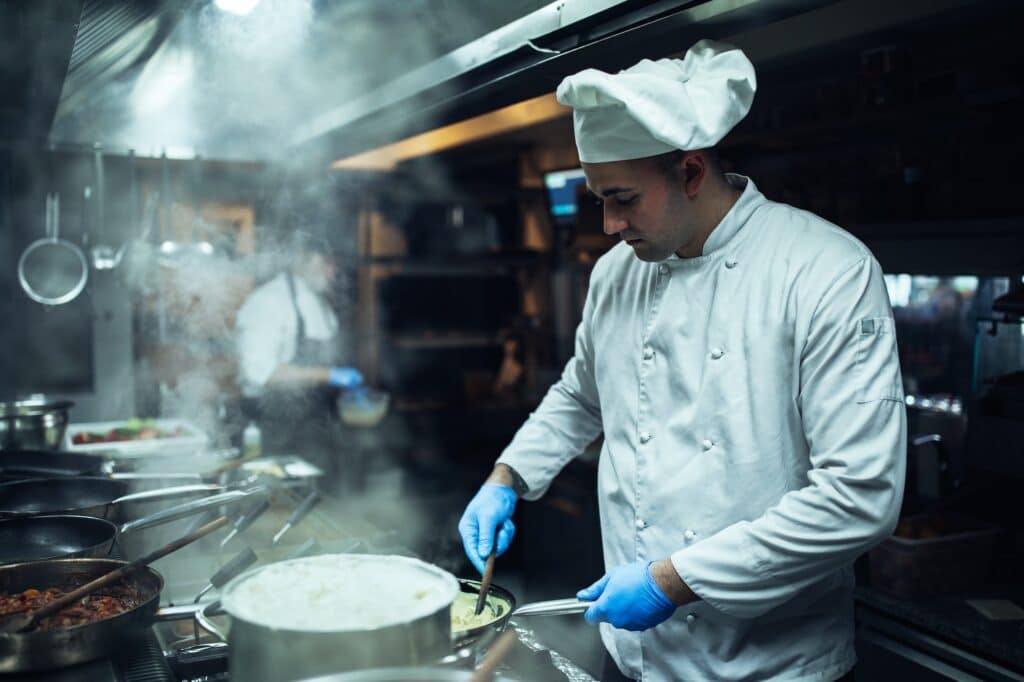Spanish Present Progressive Tense

To form the present progressive or continuous tense in Spanish, you only need two things, the auxiliary verb “estar” and a present participle. In Spanish, present participles are verbs that end in -ando or -iendo.
What are we actually saying when we use the present progressive?
The present progressive tense is the tense used when an action is presently and continually happening. In English, this is when we hear the ending “ing”. For example: “I am running”, “he is singing”, “we are cooking”.
How do we form this tense?
Just like in English, we need two parts to form this tense in Spanish. The two parts are 1. a form of the verb to be (ie: am, are, is) and 2. a verb in the present progressive tense (ie: a verb ending in “ing”). In Spanish this looks like:
| Estar (to be) +Verb in the present progressive tense |
FORMING PART ONE – ESTAR
**Remember estar has an irregular yo conjugation:
| Yo – estoy | Nosotros/Nosotras – estamos |
| Tú – estás | Vosotros/Vosotras – estáis |
| Él, ella, usted – está | Ellos, Ellas, Ustedes – están |
FORMING PART TWO – PRESENT PROGRESSIVE VERB
To put a verb in the present progressive tense, we use two endings: -ando and -iendo. We chop off the infinitive ending (-ar, -er, -ir) and then add -ando for -ar verbs and -iendo for -er/-ir verbs.
For example: hablar – hablando, comer – comiendo
How do we form the irregulars and when do we use them?
- If the stem of an -er or -ir verb ends in a vowel, -iendo changes to -yendo. (a few examples: creer – creyendo, leer – leyendo, incluir – incluyendo)
- The verb ir (to go) simply becomes “yendo”
- -ir verbs that stem change in the él/ella/usted form of the preterite (e > i, or o>u) have the same stem change in the present progressive. (a few examples: decir – diciendo, pedir – pidiendo, seguir – siguiendo)
Vocabulary –
Around the home! Use these words to find out what people are doing at home and where.
La casa – the house
La cocina – the kitchen
Cocinar – to cook
Mezclar – to mix
El jardín – the garden
Cortar (el césped) – to cut (the grass)
Regar – to water
El baño – the bathroom
Limpiar – to clean
El dormitorio – the bedroom
Organizar – to organize
Arreglar – to straighten/tidy up
El comedor – the dining room
La sala / El salón – the living room
La mesa – the table
Poner – to put
The term present progressive is a grammatical way of describing the verb tense that emphasizes that an action is currently taking place as we speak or RIGHT NOW. It is characterized by the verb “to be,” followed by a second verb that ends with –ing (the present participle).





